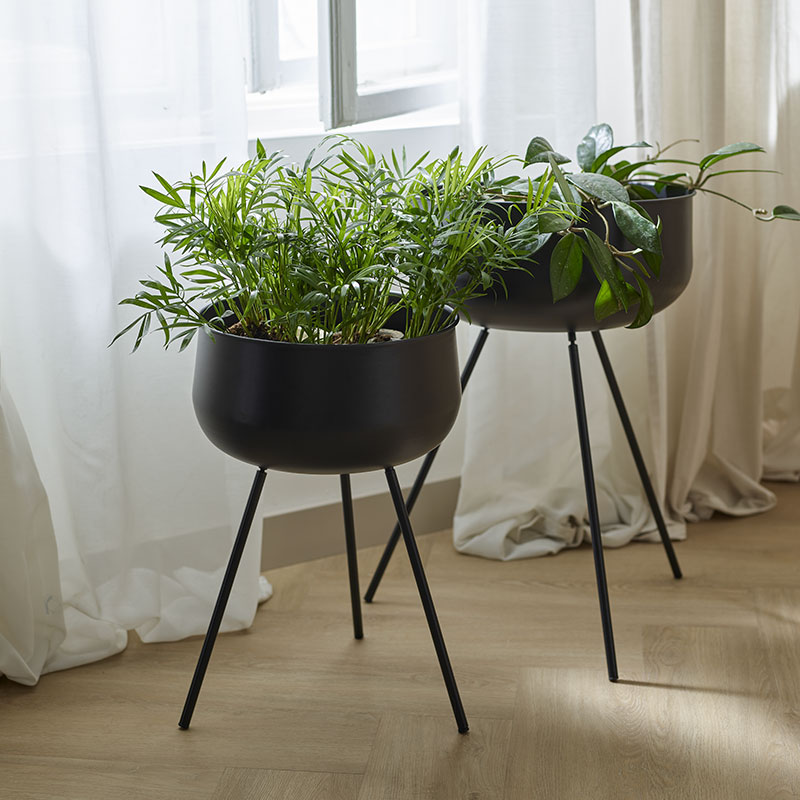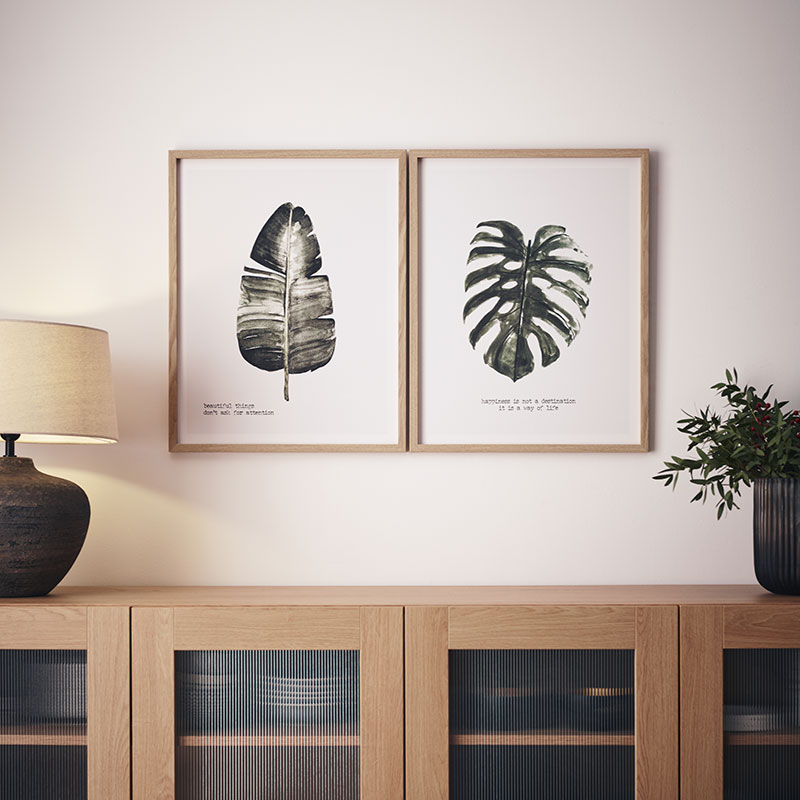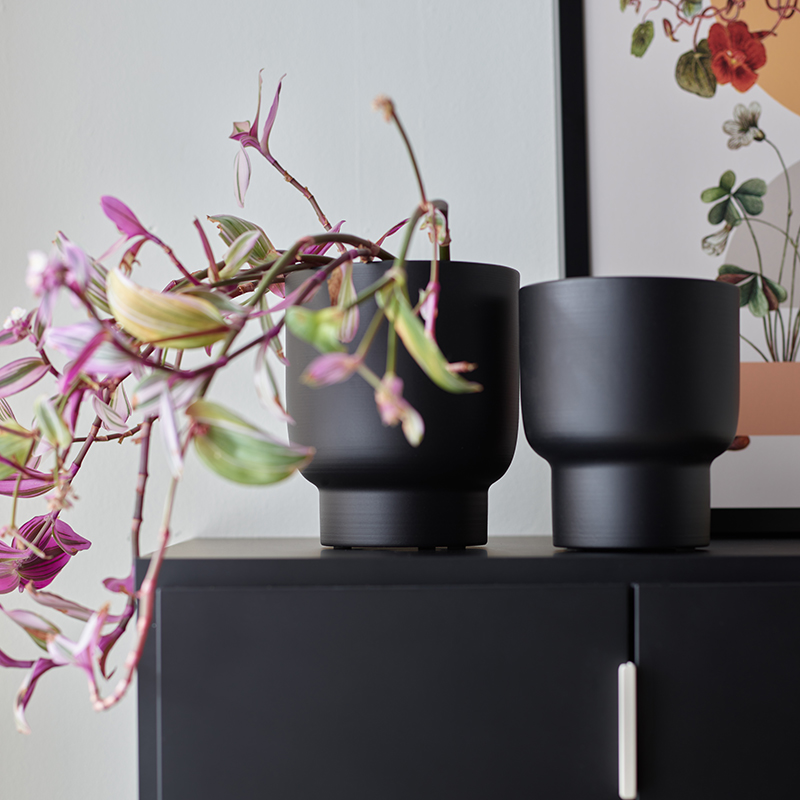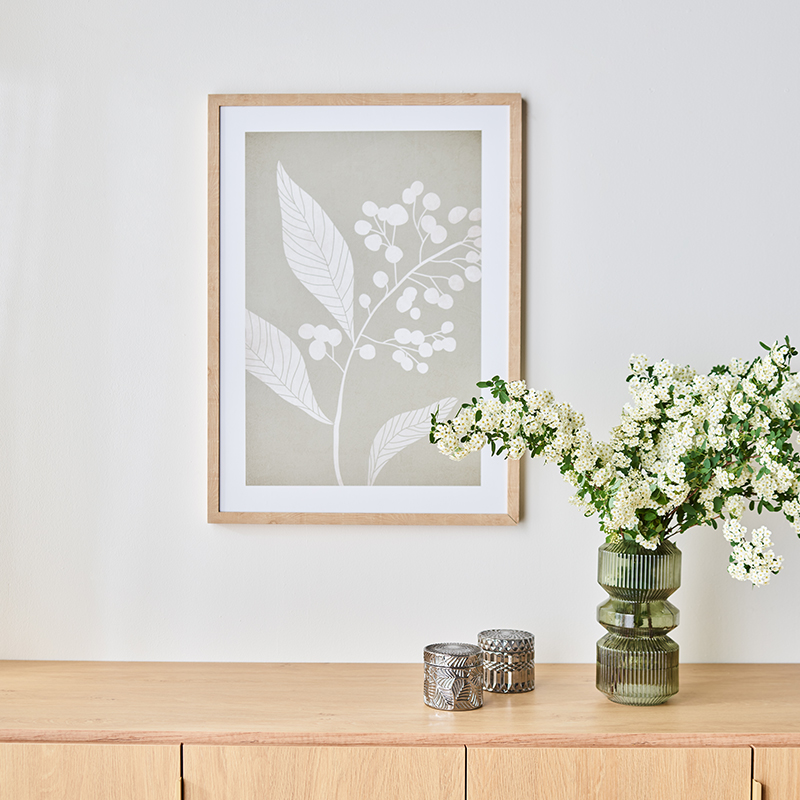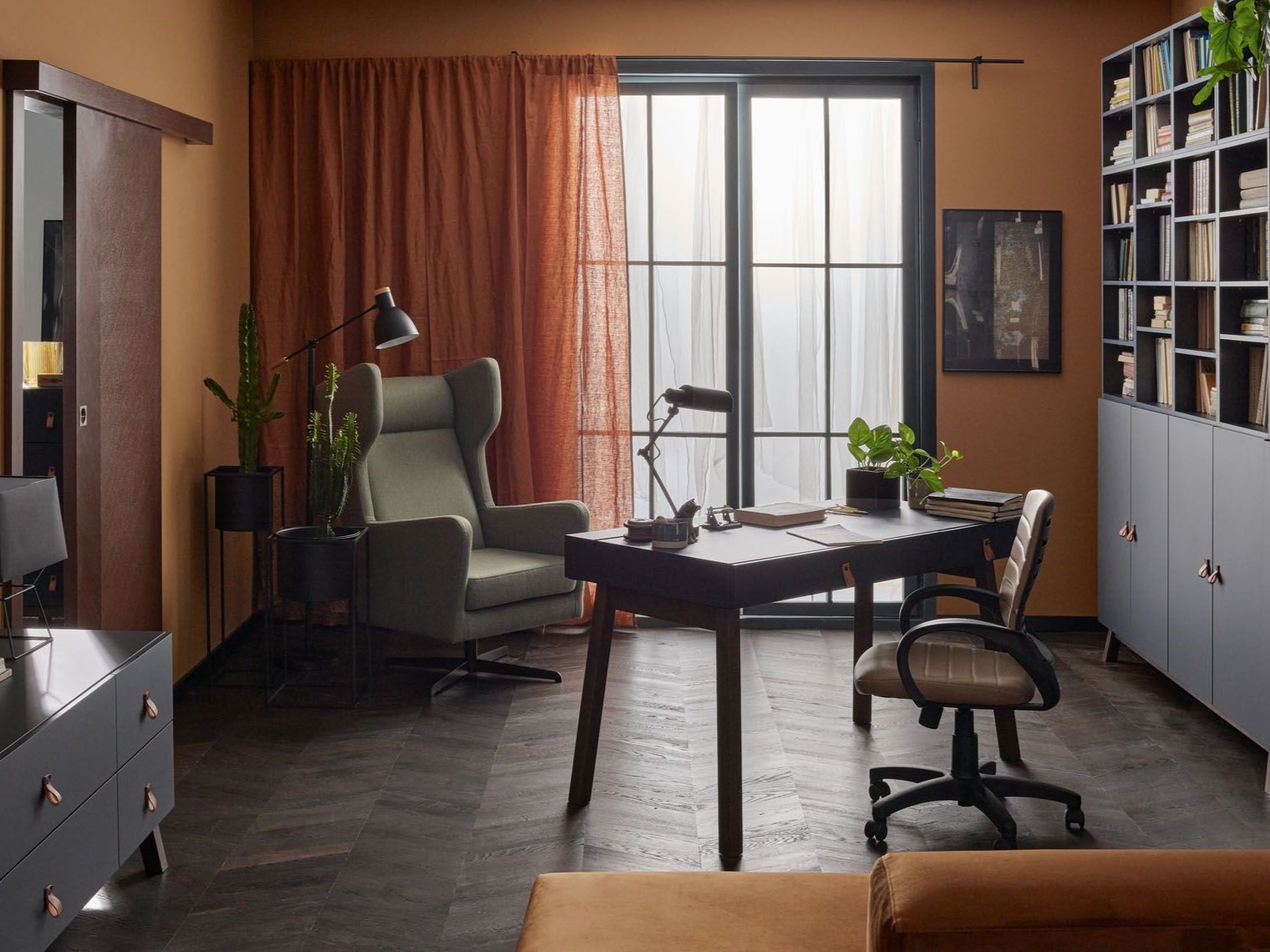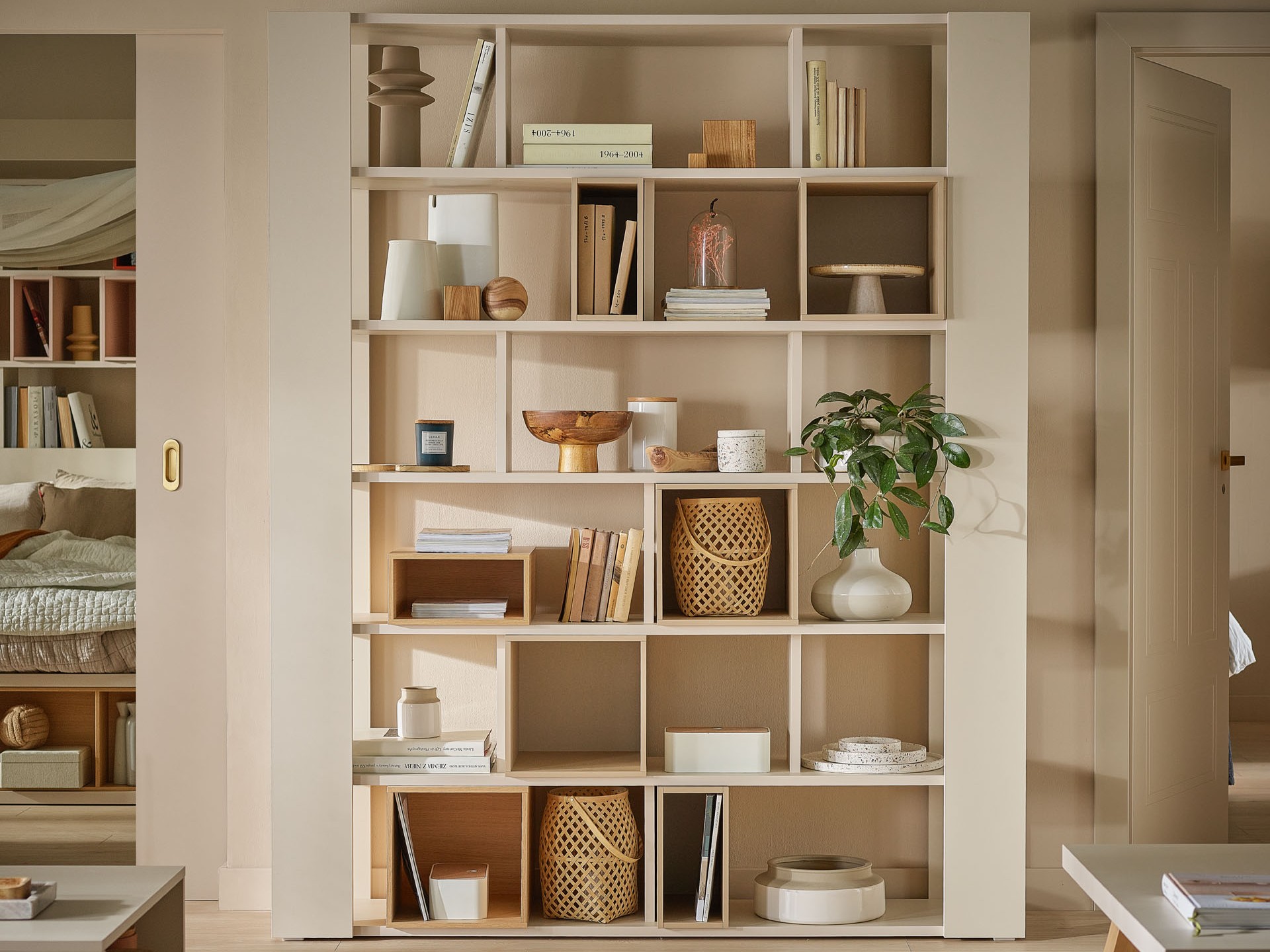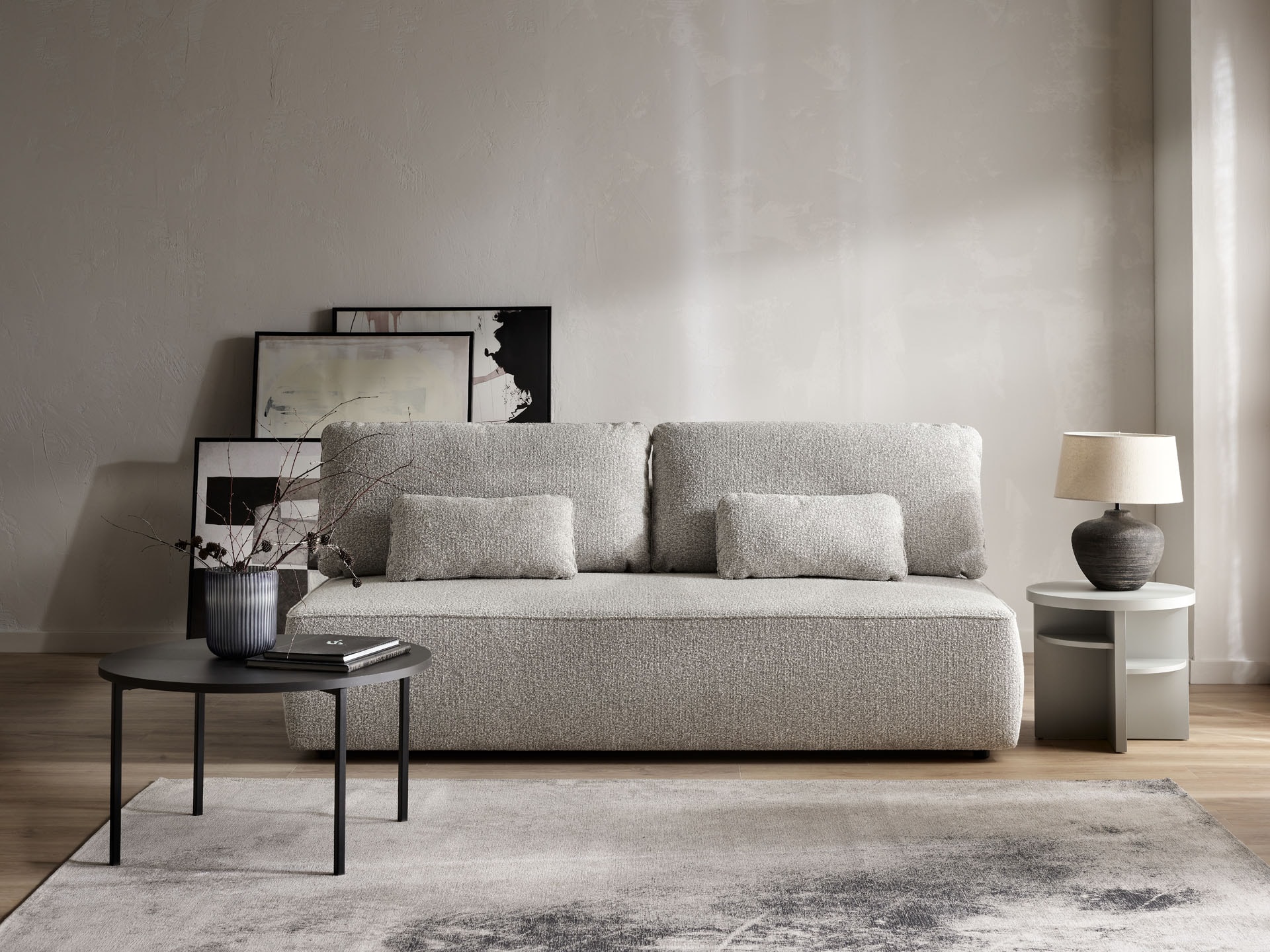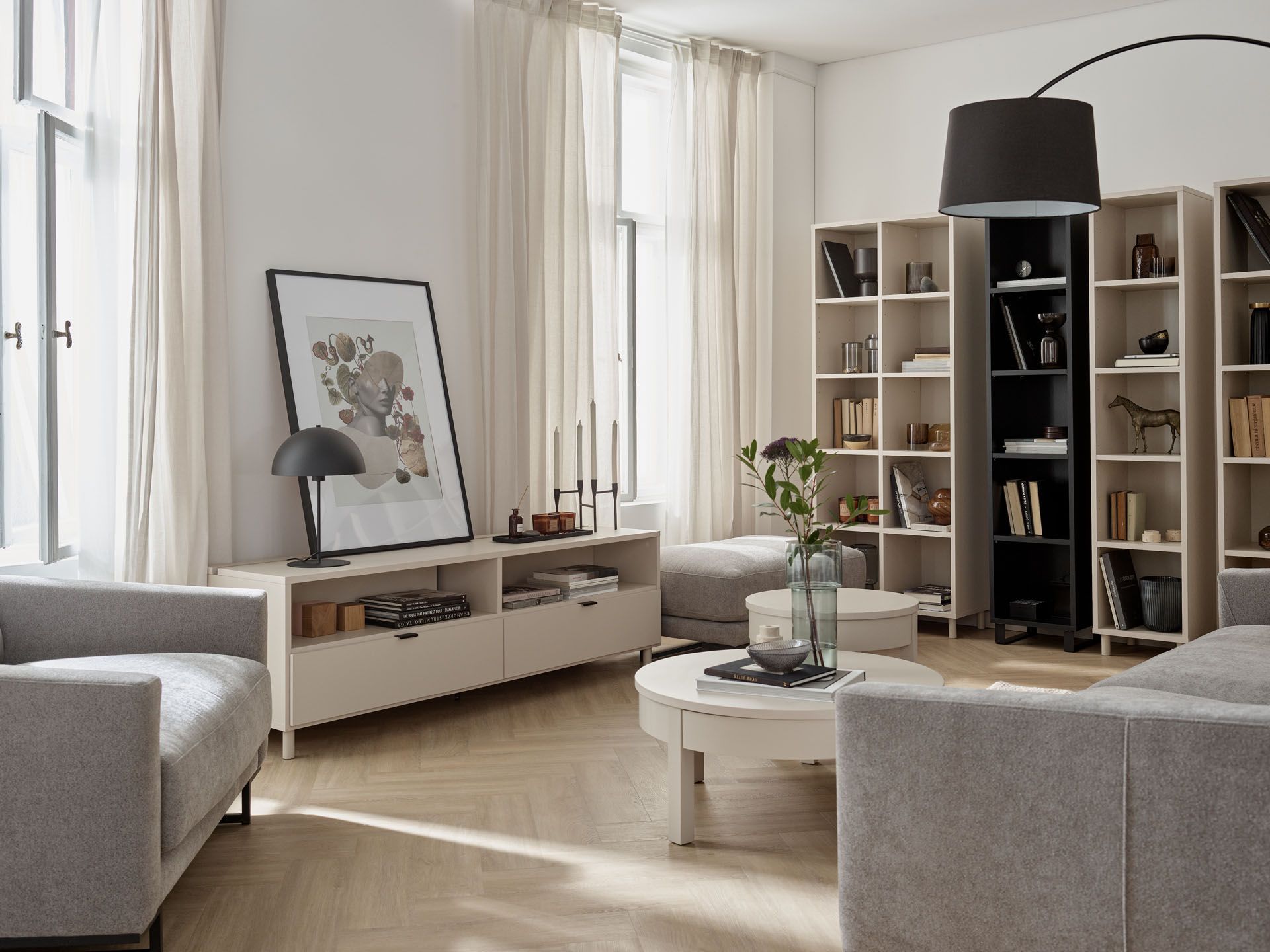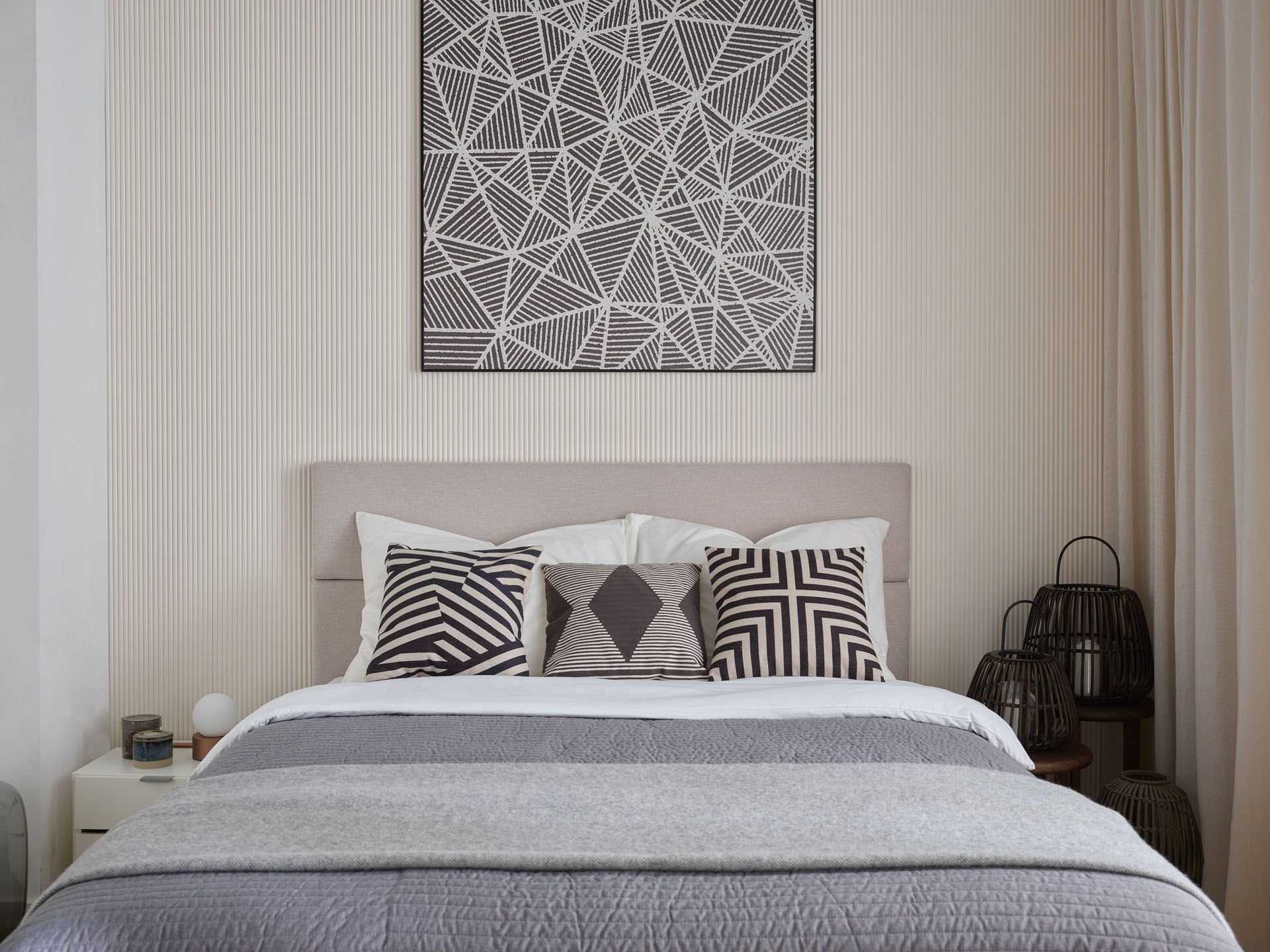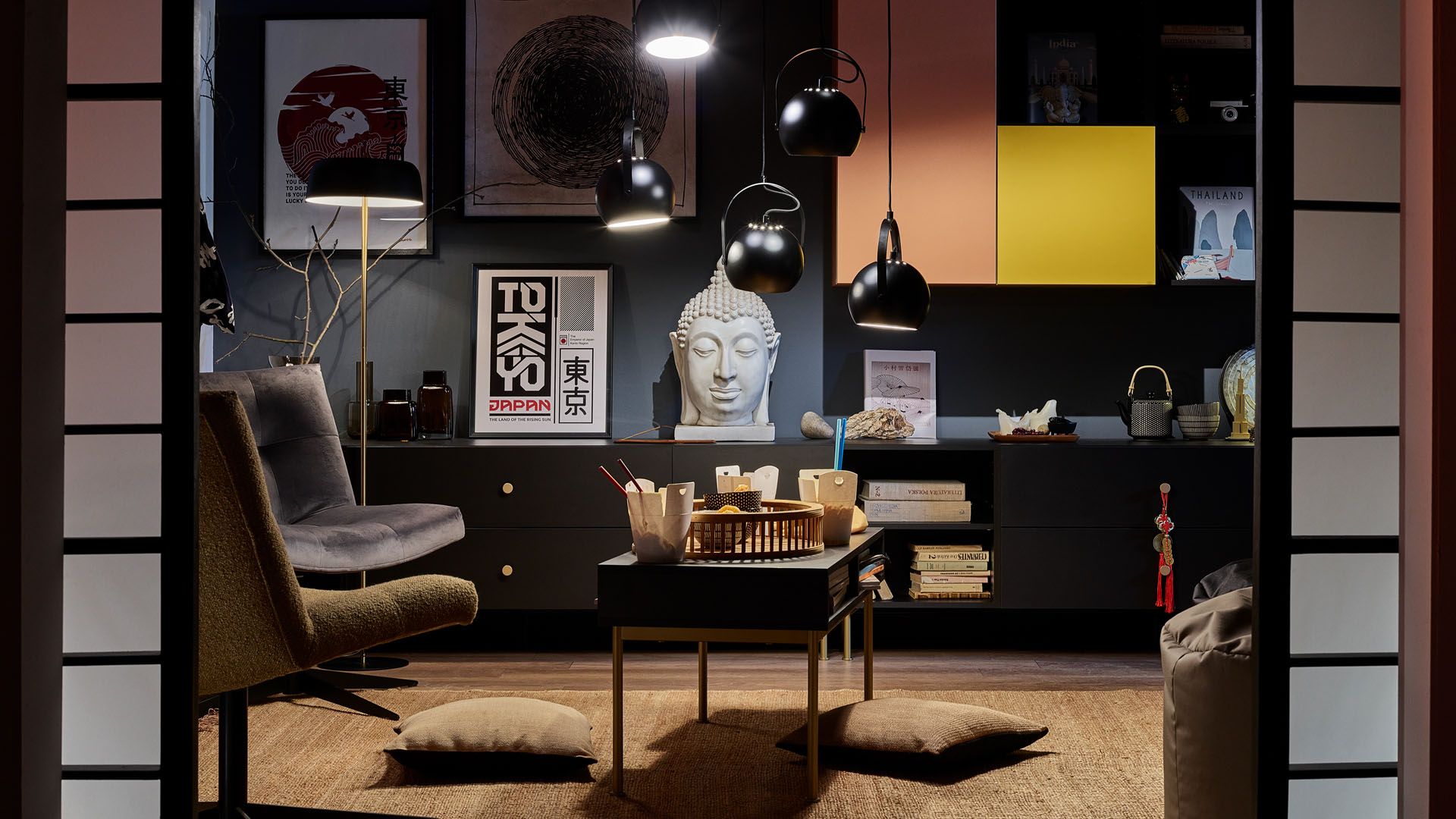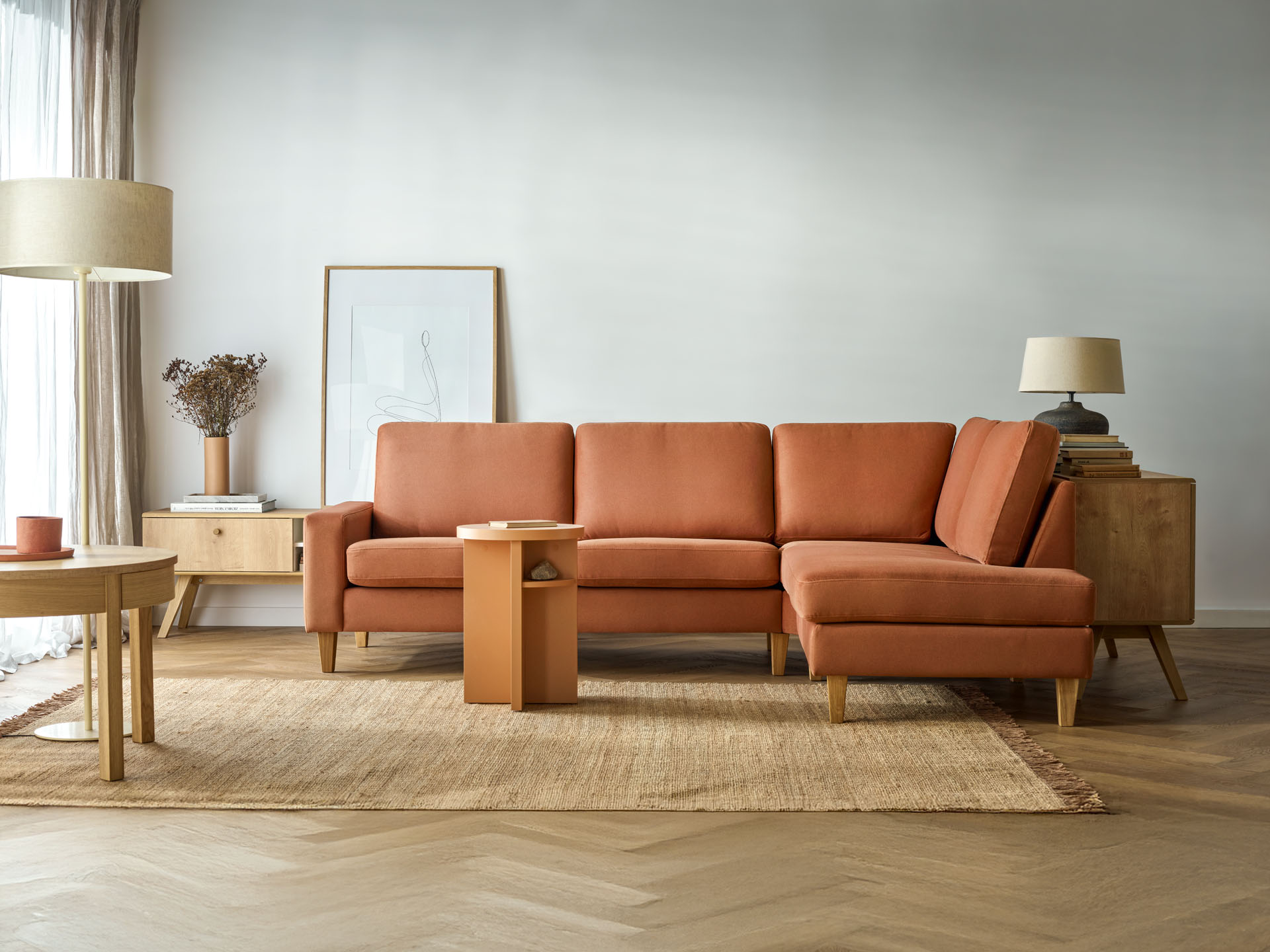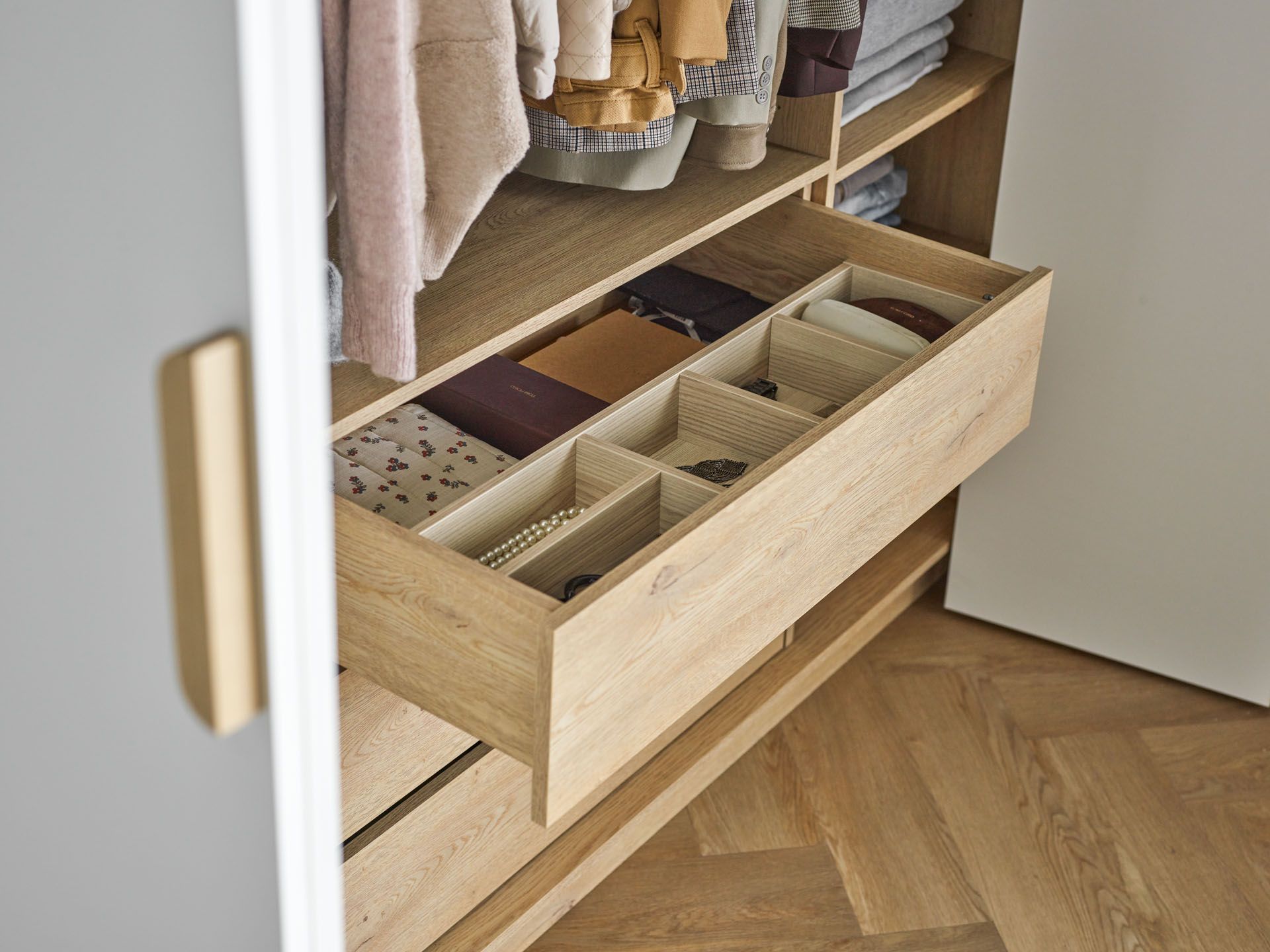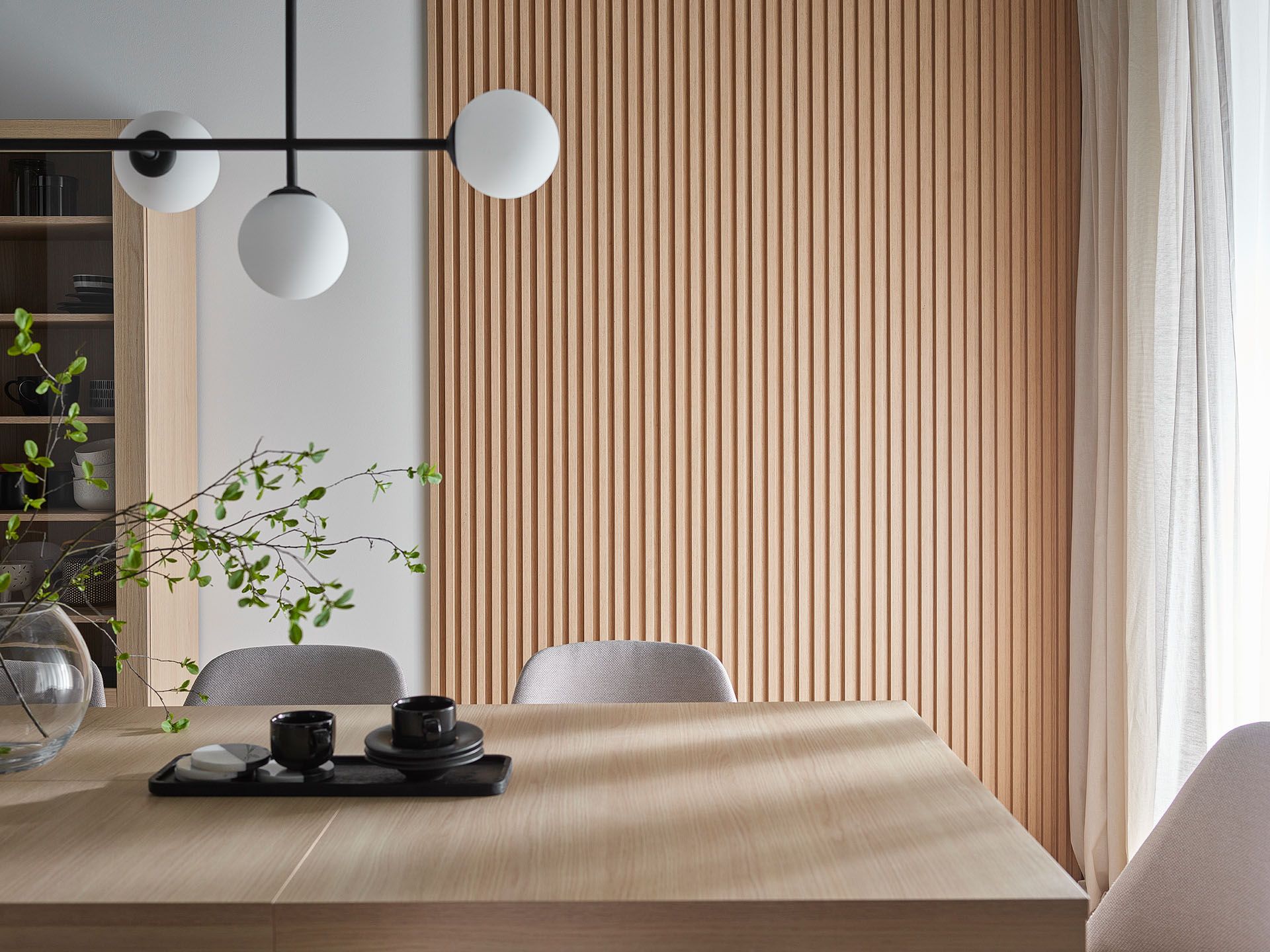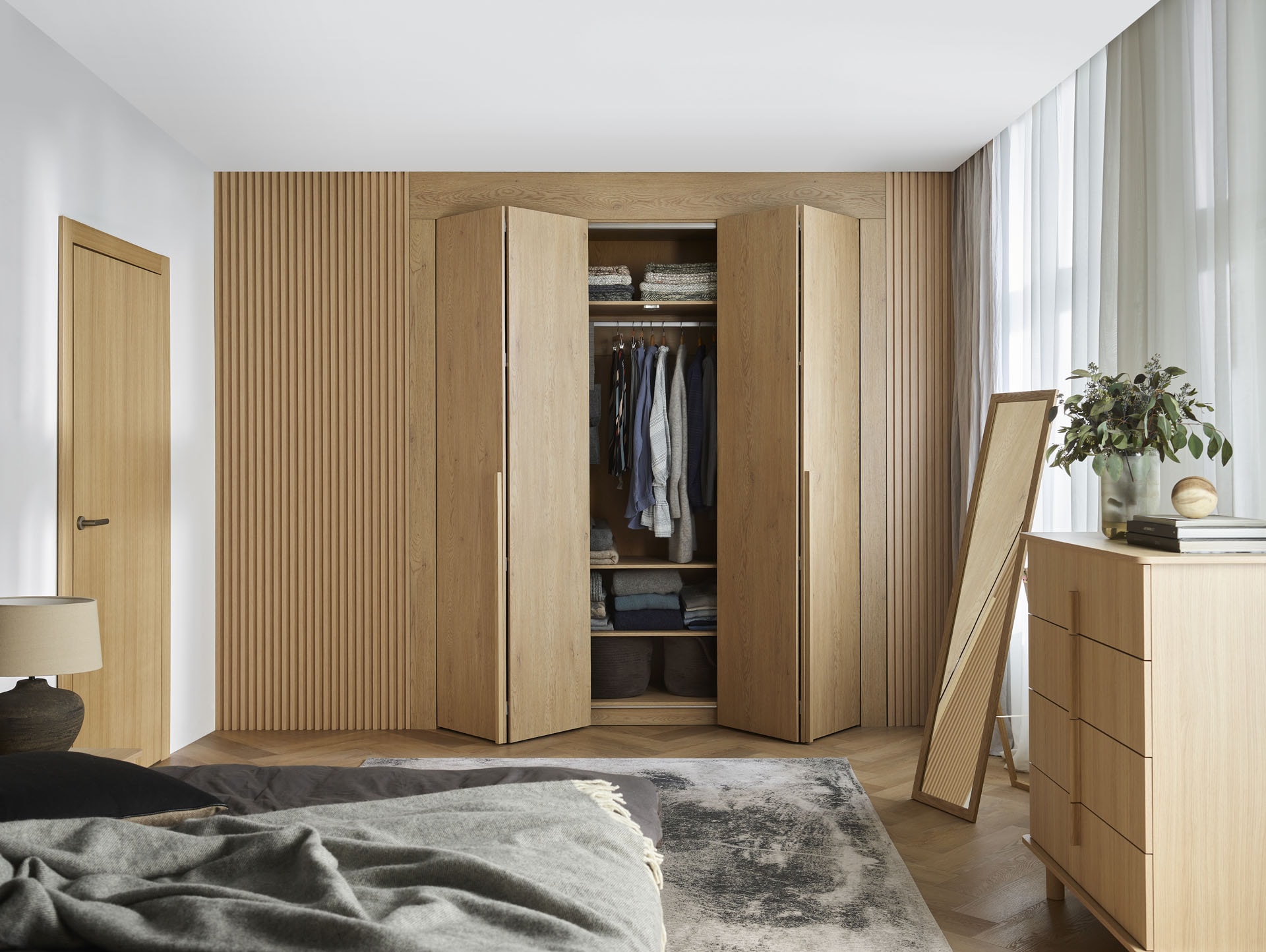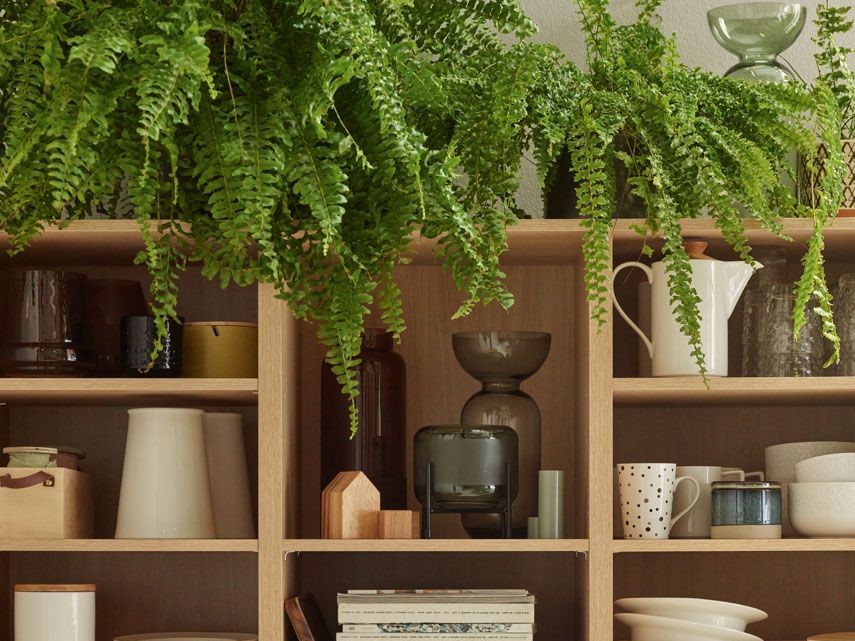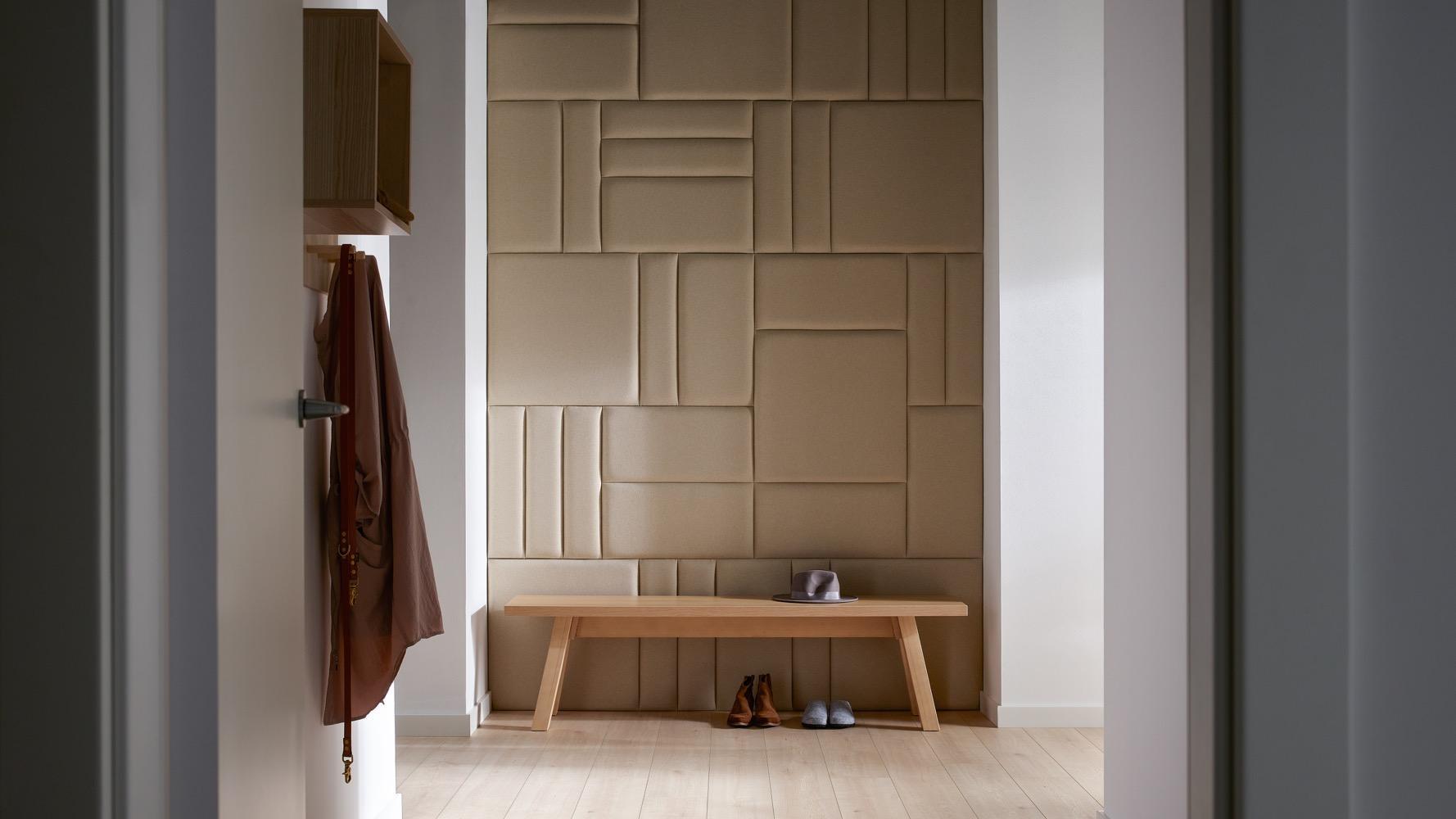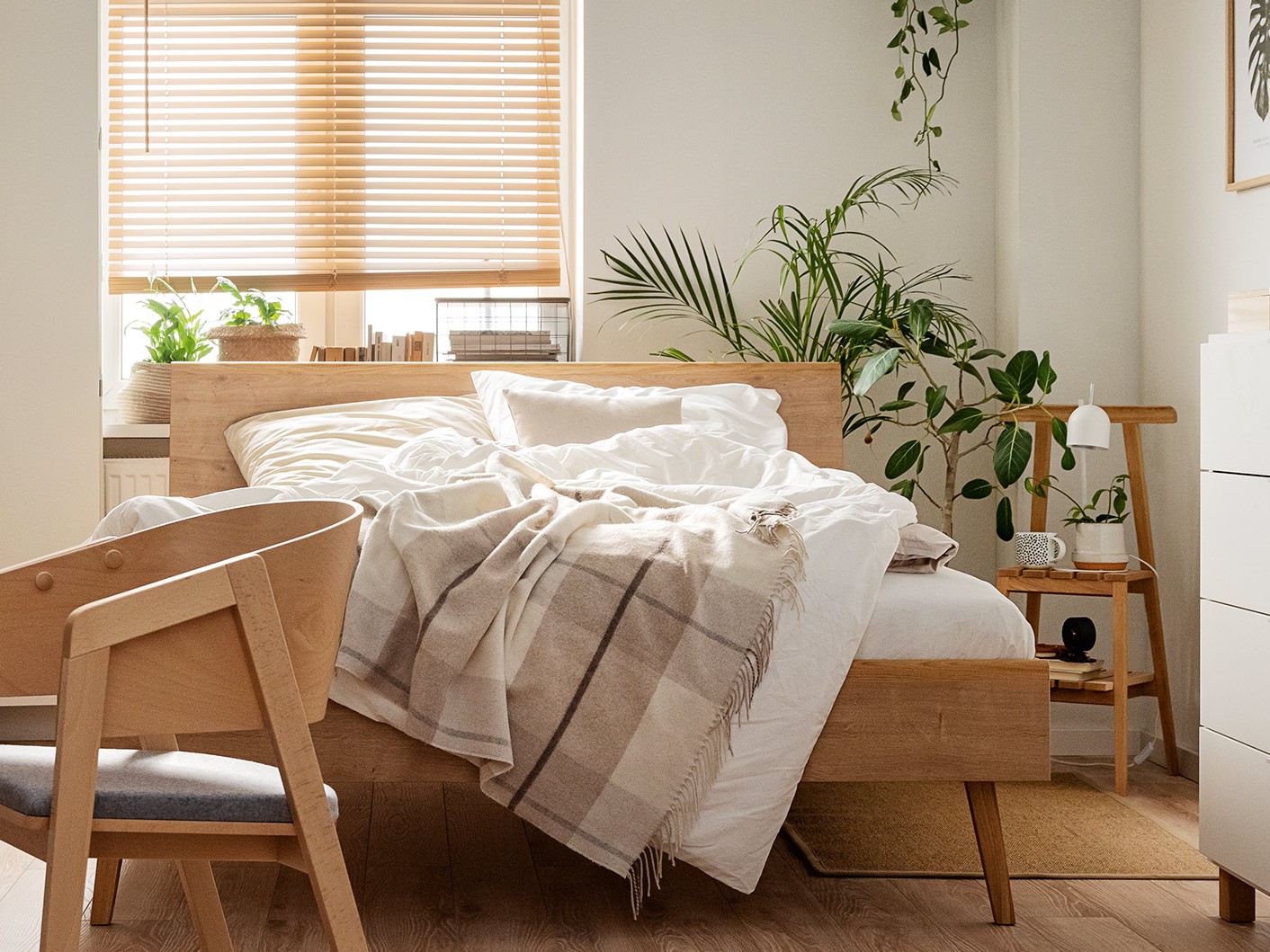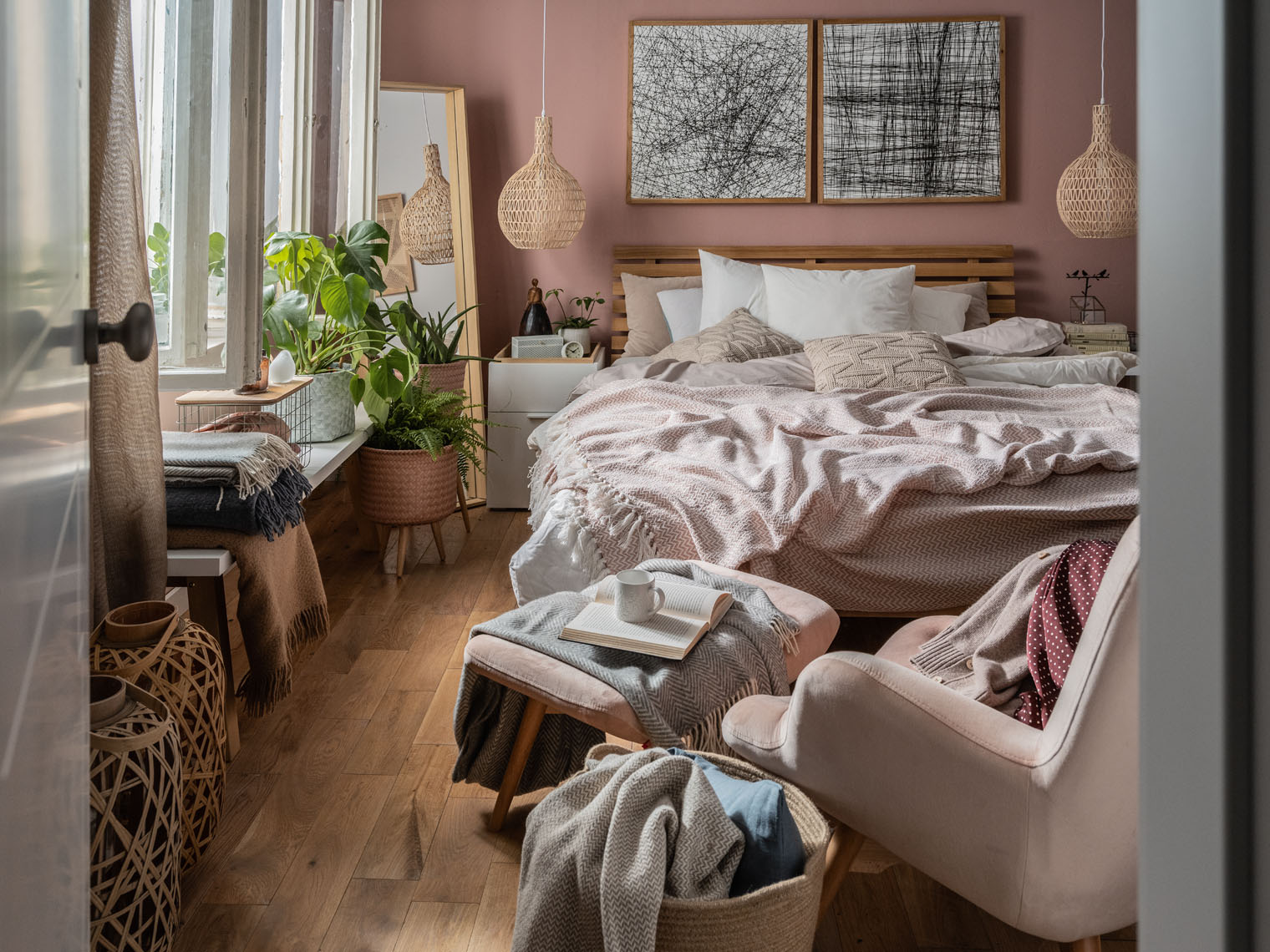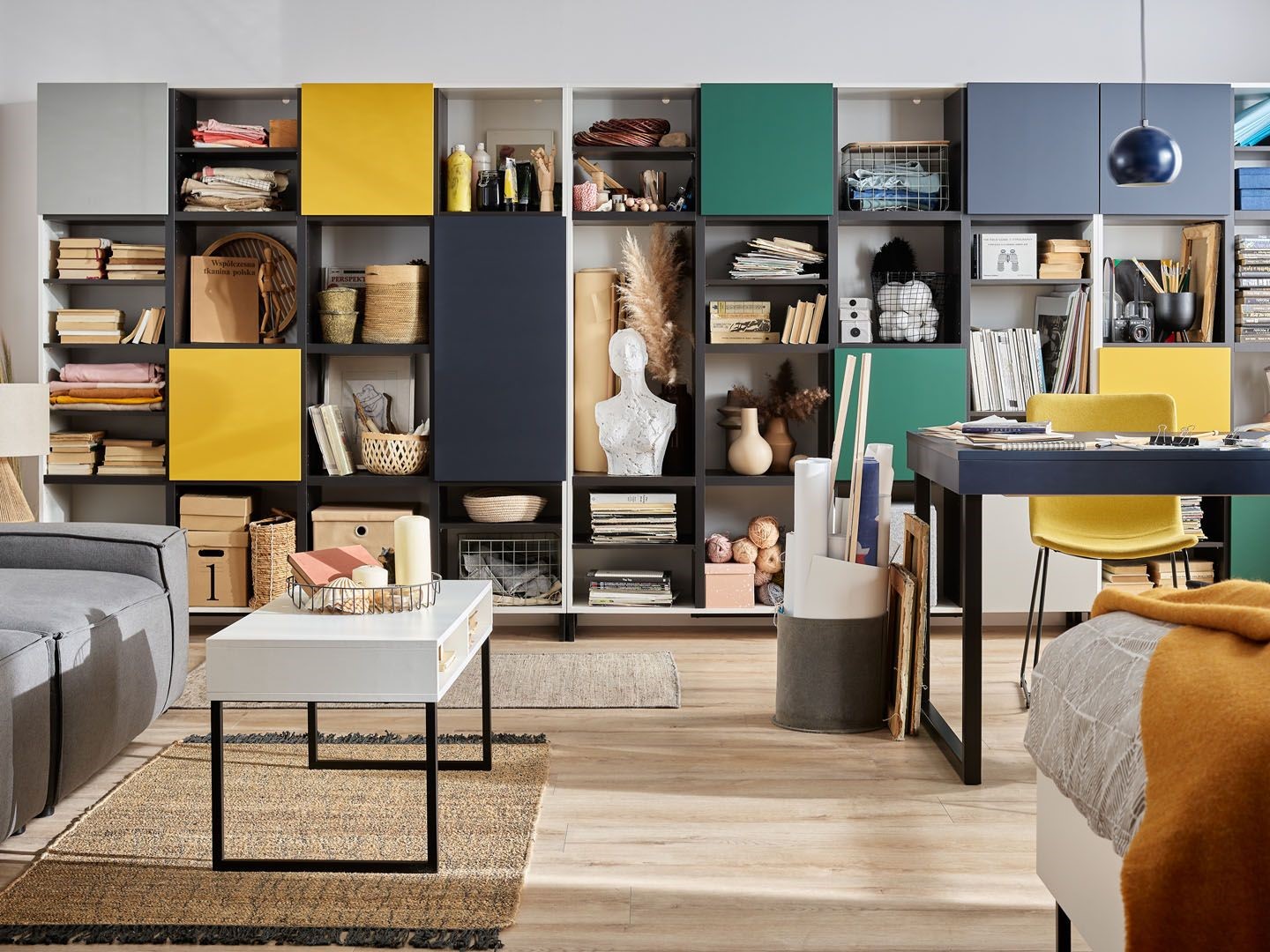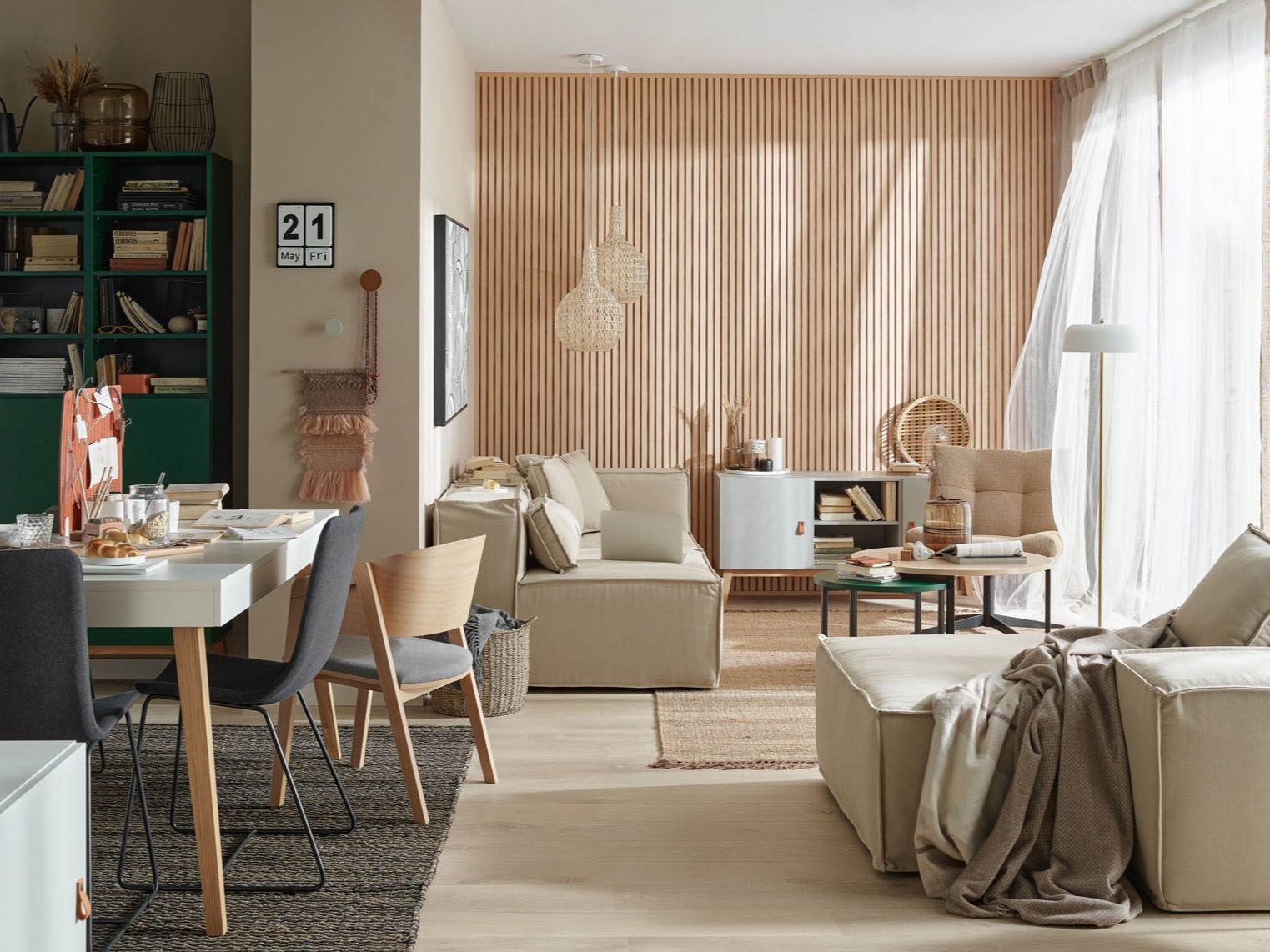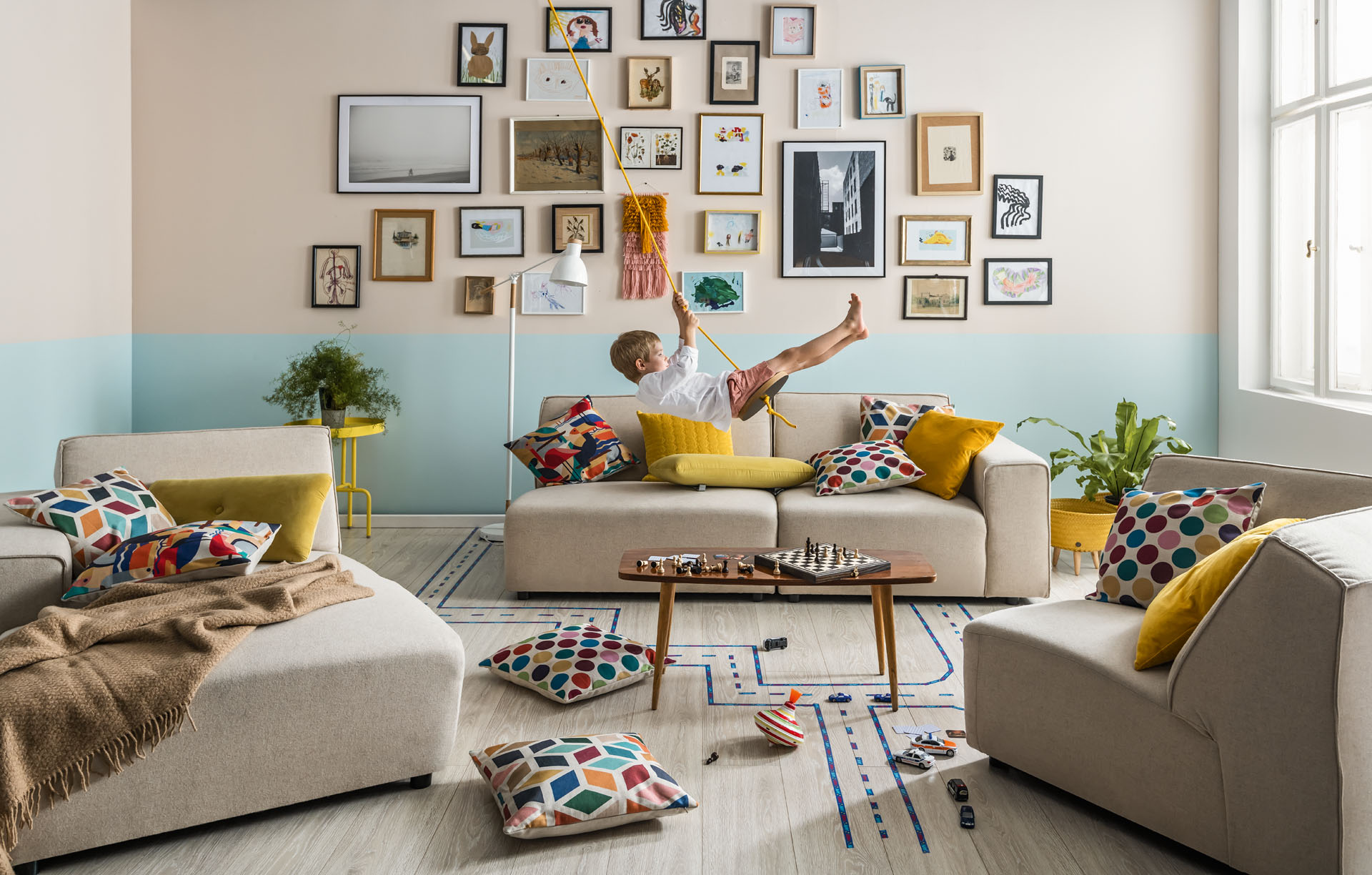Potted palm tree the way to tropical interiors
Home is our oasis of calm - with a palm tree in a pot, this term can take on a whole new meaning.
We love their spreading, feathery leaves, in which some see tropical character and others modern elegance. However, palm trees are not only beautiful but also extremely beneficial houseplants: they are effective in purifying the air of harmful compounds and helping to maintain the right level of humidity.
To use this exotic filter and humidifier in one, you don't need much gardening experience at all. Anyone who wants to start caring for their own palm tree at home will master the basics of caring for these unique plants in no time. You just need to choose the right species for your indoor conditions.
WHAT DO PALMS NEED AT HOME?
Palms do best in a bright location. However, try not to expose them to direct sunlight. As a rule, they prefer diffused light or even gentle twilight, which will not burn their leaves. It is also a good idea to slowly get a new palm tree accustomed to the home environment. The plant pot can be kept in the shade for a few days, then in partial shade, and finally placed in its final location. These steps should be kept in mind especially in summer, when we want to put our palm tree outside - too abrupt a change of position may cause brown burns to appear on its leaves.
In addition to the site, a suitable pot will also be important. Palms have a taproot system, with the main, longitudinal root growing downwards. For this reason, they are best planted in tall, narrow containers. And don't forget to make drainage to carry away excess moisture and prevent root rot.
Palms, whose natural habitat is a tropical or subtropical climate, love humid air. So make sure to regularly sprinkle their leaves with distilled water. You can even do this every morning. Watering potted palms requires a little more care - each species has different preferences in this respect.
POTTED PALMS - POPULAR VARIETIES
Before choosing a potted palm, consider how much space you can allocate for it in your house or flat. Are we looking for a large plant that will make a prominent feature in our interior design, or something smaller - just right for a cupboard or chest of drawers? Depending on our decision, we can choose from several popular species.
CHAMEDORA REFINED
Although chamedora (also known as coral palm) grows up to 3 metres in the wild, in a domestic setting its maximum height is usually around 50-60 centimetres. However, it will take some time for a young palm to reach this size - the chamedora grows quite slowly, producing 2 to 4 juicy green leaves per year. Around the palm pot, however, you will need some free space, as the diameter of its tropical plume can reach up to 1.5 metres.
Chamedora will feel good in both a bright living room and a slightly darker hallway. It likes regular sprinkling, but is sensitive to excess moisture, so water it moderately - only after the top layer of soil in the pot has dried out.
AREKA KATECHU
Areka is an ideal plant for spacious, bright interiors - as even the miniature variety can grow to over a metre in height. It likes frequent watering and sprinkling, especially in summer.
When caring for areca, it will be important to maintain the right temperature in the house or flat. Optimal conditions are around 18-22 °C. Particularly in winter, make sure that the palm pot is kept away from windows and doors from which the cold may blow in. To avoid drying out in a heated room, the plant can be placed on a tray filled with expanded clay and water.
WAYS TO MAKE A JUNGLE AT HOME
Young palms or the smallest varieties will help to add variety to our flowerbed. They themselves can take on a variety of shapes, especially if you want unusual furniture to go hand in hand with the diverse geometry of the leaves. A tall bookcase , for example, can easily be transformed into an impressive green tower by experimenting with the positioning of pots on the shelves. You can also create your own flowerbed using the 4 You modular boxes, which can be quickly connected together using clever brackets.
The large leaves of the chamedora or date palm can also be used as a green screen to separate areas in open, multifunctional interiors. The practical double-sided Nature chest of drawers has space for a palm pot - with this duo you can, for example, create a secluded reading nook in an attic bedroom.
Palm leaves do not have to grow only from a pot. This exotic motif can also be repeated on other decorative elements of our interiors. A home jungle in the living room or bedroom, for example, will be enriched by Botanik cushions. Each one has a slightly different pattern, but with a consistent colour palette they will help to create a harmonious composition in the living room.
We can also decorate the walls in a palm tree room with floral prints, depicting monstera leaves, banana leaves or herbs and grasses. After all, is there such a thing as too many plants?





